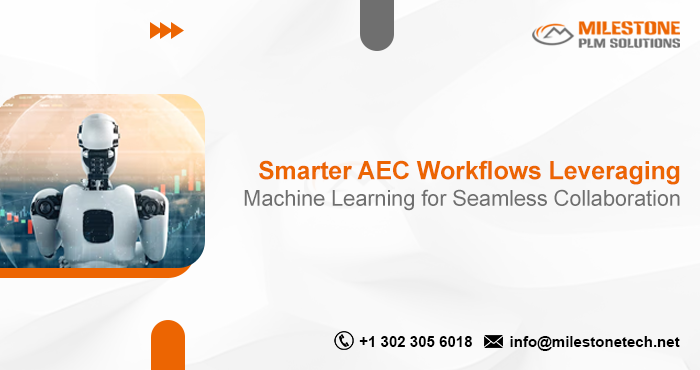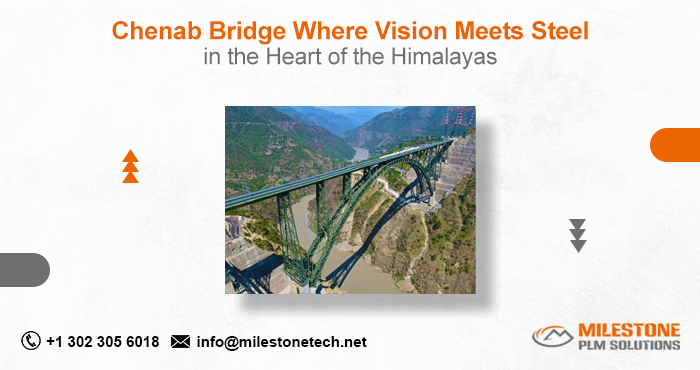BIM and GIS: A Powerful Combination for Sustainable Infrastructure
- Milestone PLM Solutions
- Mar 19
- 3 min read
The integration of Building Information Modeling (BIM) and Geographic Information Systems (GIS) is transforming the way we design, construct, and manage infrastructure. As cities grow and environmental concerns become more pressing, the need for sustainable and efficient infrastructure has never been greater. BIM and GIS integrations play a critical role in meeting these demands by combining detailed building data with spatial and environmental insights.

Understanding BIM and GIS
BIM (Building Information Modeling) is a digital representation of physical and functional characteristics of a facility. It provides architects, engineers, and construction professionals with an intelligent model-based process to plan, design, construct, and manage buildings and infrastructure.
GIS (Geographic Information Systems) is a technology that captures, analyzes, and visualizes spatial and geographic data. It is widely used in urban planning, environmental studies, disaster management, and transportation systems.
When BIM and GIS are integrated, they offer a comprehensive approach to infrastructure development by combining the precision of building models with the contextual awareness of geographical data. This synergy enhances decision-making, improves project sustainability, and optimizes resources.
The Power of BIM and GIS Integrations for Sustainable Infrastructure
1. Enhanced Planning and Design
BIM and GIS integrations enable a holistic approach to infrastructure planning. By incorporating geospatial data into the design process, engineers can assess environmental conditions, topography, and existing utilities. This allows for optimized site selection, improved energy efficiency, and minimized environmental impact.
For example, when planning a new highway, GIS can provide data on terrain, water bodies, and vegetation, while BIM ensures precise modeling of bridges, tunnels, and roadways. This integration helps reduce conflicts and ensures a more sustainable development approach.
2. Improved Environmental Impact Assessment
Sustainability is at the core of modern infrastructure projects, and BIM-GIS integrations facilitate accurate environmental impact assessments. GIS provides real-time data on land use, climate, and ecological systems, while BIM models evaluate the carbon footprint of buildings and infrastructure.
By combining these insights, project stakeholders can design structures that minimize ecological disruption, optimize energy consumption, and incorporate renewable energy solutions. This is especially beneficial in green building initiatives and smart city development.
3. Efficient Resource Management
Infrastructure projects require careful resource allocation to reduce waste and ensure cost-effectiveness. BIM and GIS together enhance material tracking, water management, and energy consumption monitoring.
For example, in urban water supply systems, GIS can map water sources and pipelines, while BIM simulates water flow and pressure conditions within buildings. This integration ensures efficient water distribution, reducing waste and preventing leakages.
4. Smart Infrastructure and Asset Management
Managing infrastructure assets over their lifecycle is crucial for sustainability. BIM and GIS integrations provide real-time monitoring and predictive maintenance solutions for roads, bridges, railways, and buildings.
By leveraging IoT (Internet of Things) sensors, GIS can track environmental factors like temperature, humidity, and pollution, while BIM analyzes structural integrity. This allows for proactive maintenance, reducing repair costs and extending the lifespan of infrastructure assets.
5. Disaster Resilience and Risk Mitigation
Natural disasters such as floods, earthquakes, and hurricanes pose significant threats to infrastructure. GIS helps predict disaster-prone areas by analyzing historical data, weather patterns, and land characteristics. BIM, on the other hand, enables engineers to design resilient structures that withstand extreme conditions.
For instance, when constructing buildings in earthquake-prone regions, GIS provides seismic activity data, while BIM models simulate structural resistance. This integration ensures better preparedness and disaster mitigation strategies.
6. Urban Mobility and Transportation Planning
Efficient transportation systems are a key component of sustainable infrastructure. BIM and GIS integrations support the development of smart transportation networks by optimizing routes, analyzing traffic patterns, and integrating public transit systems.
GIS provides city-wide mapping of roads, pedestrian pathways, and transit hubs, while BIM aids in the design and construction of metro stations, tunnels, and bridges. This leads to reduced congestion, lower emissions, and improved public transit accessibility.
Future Trends in BIM and GIS Integrations
As technology advances, the integration of BIM and GIS is expected to become even more sophisticated. Emerging trends include:
AI and Machine Learning: Automating data analysis for predictive modeling and enhanced decision-making.
Digital Twins: Creating virtual replicas of infrastructure assets for real-time monitoring and simulation.
Cloud-Based Collaboration: Enabling seamless data sharing among stakeholders for efficient project execution.
5G and IoT Connectivity: Enhancing real-time data collection and analysis for smart city applications.
Conclusion
The integration of BIM and GIS is revolutionizing sustainable infrastructure development. By merging detailed building information with geographic insights, this powerful combination enables enhanced planning, efficient resource management, improved environmental sustainability, and increased disaster resilience. As cities and industries continue to embrace digital transformation, BIM and GIS integrations will play a vital role in shaping a smarter, more sustainable future.


